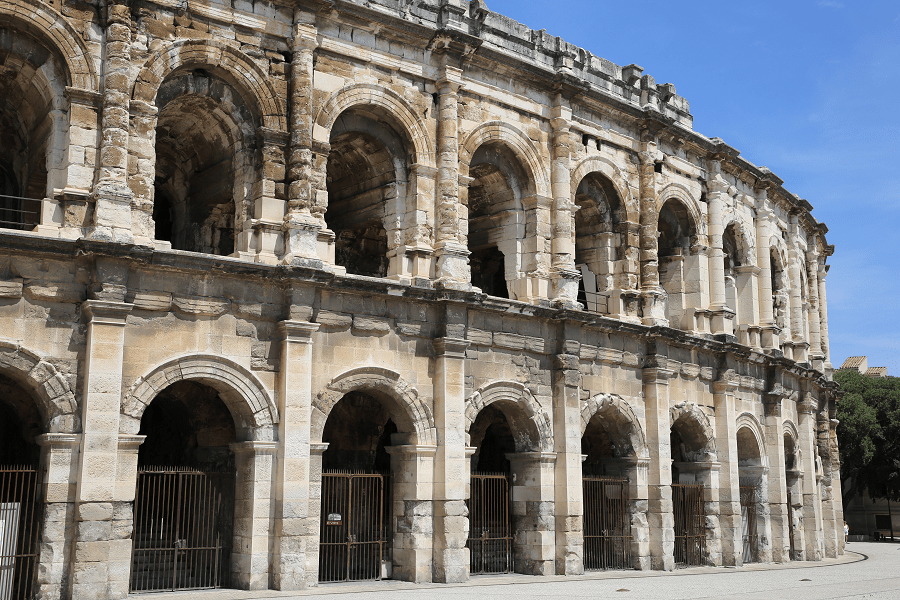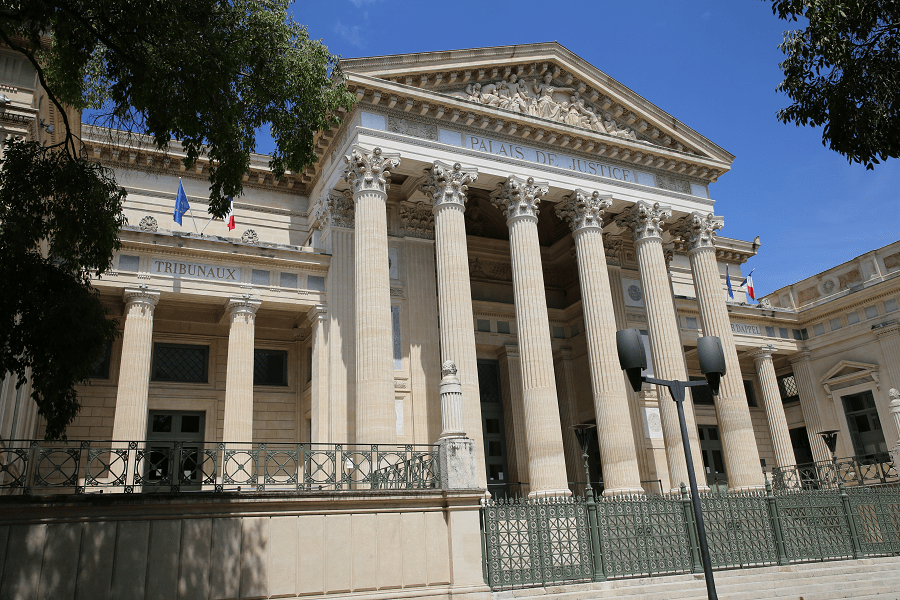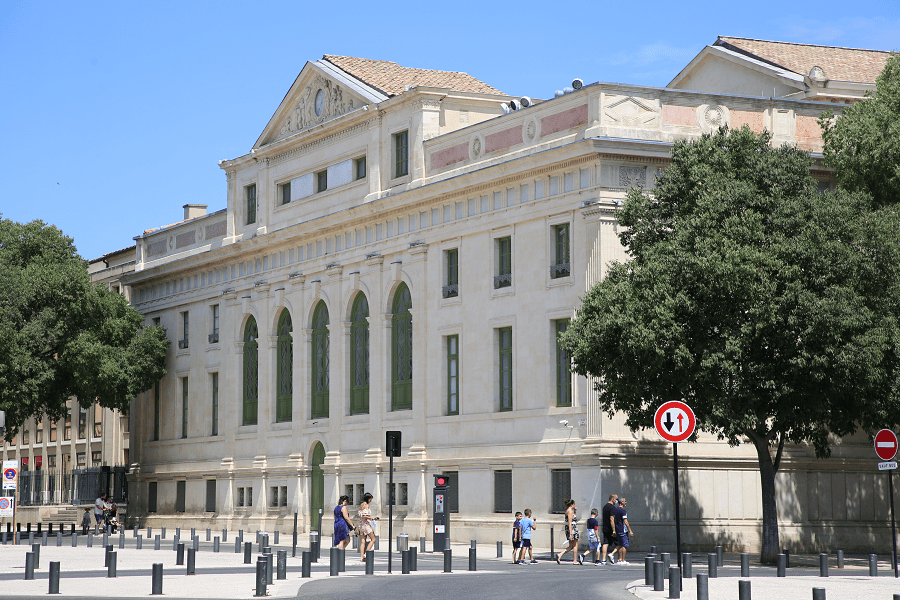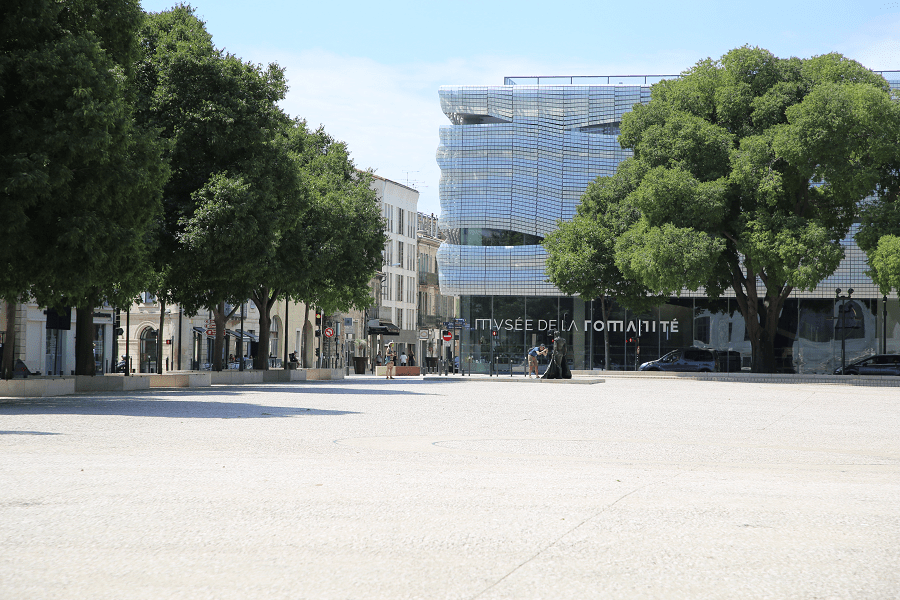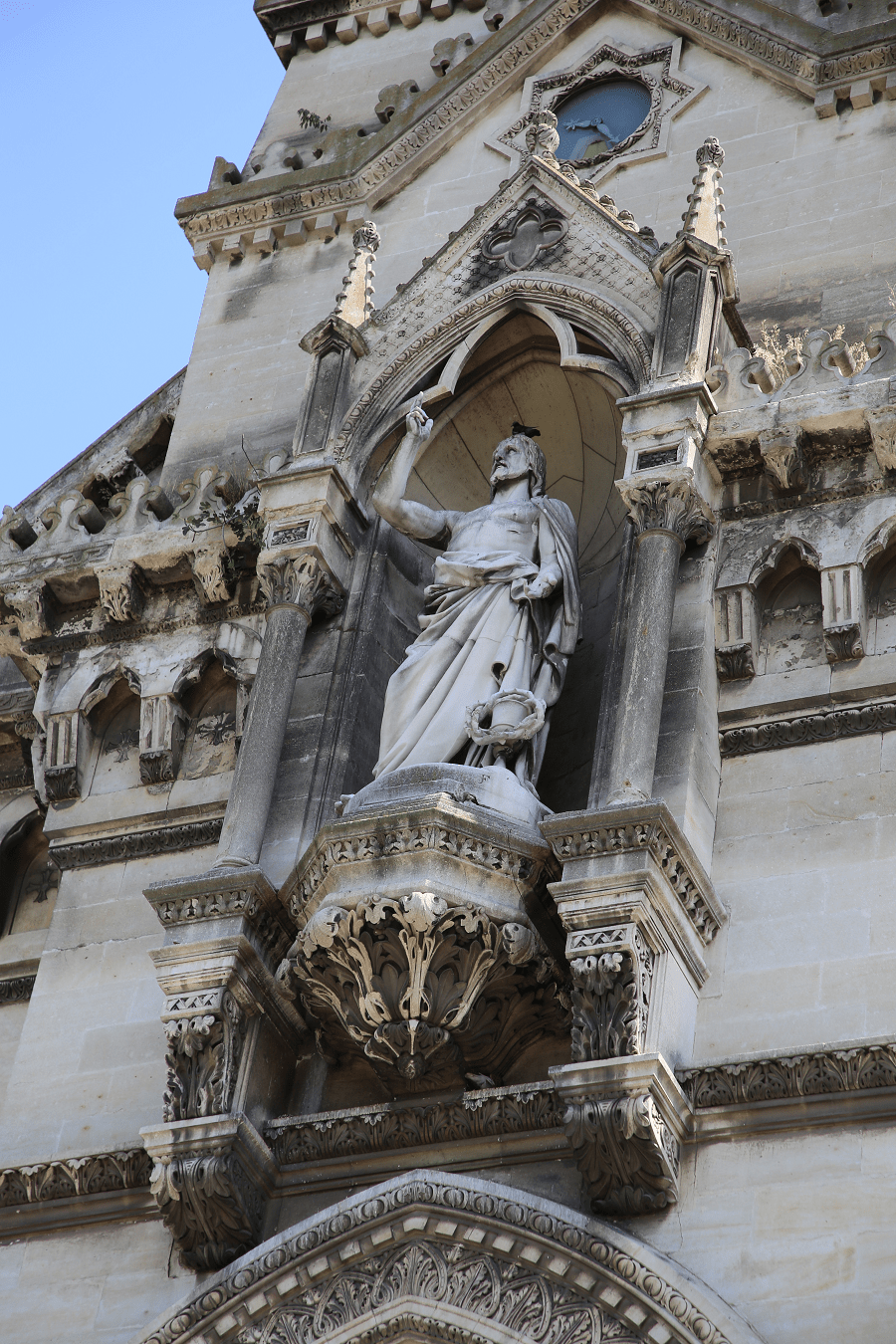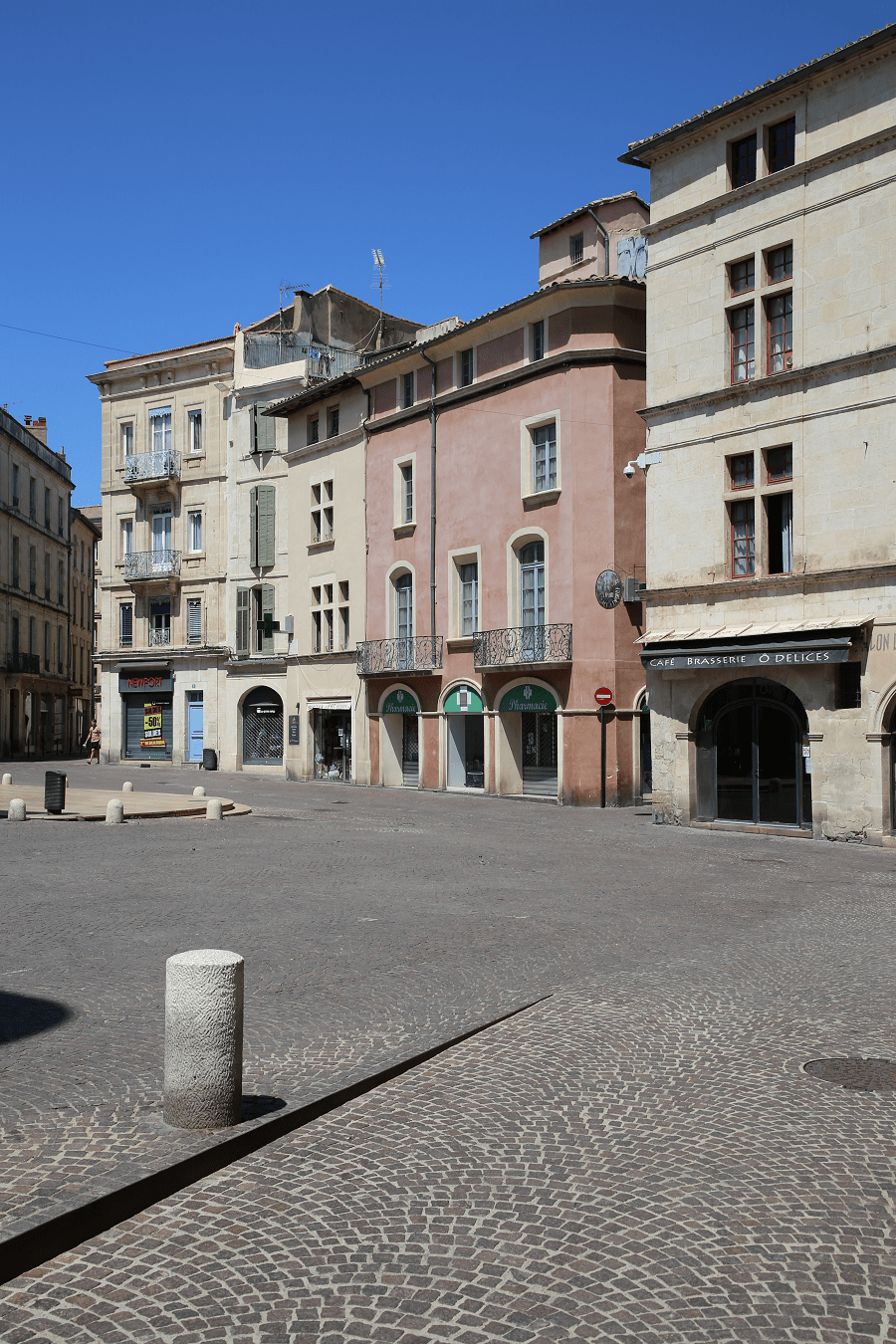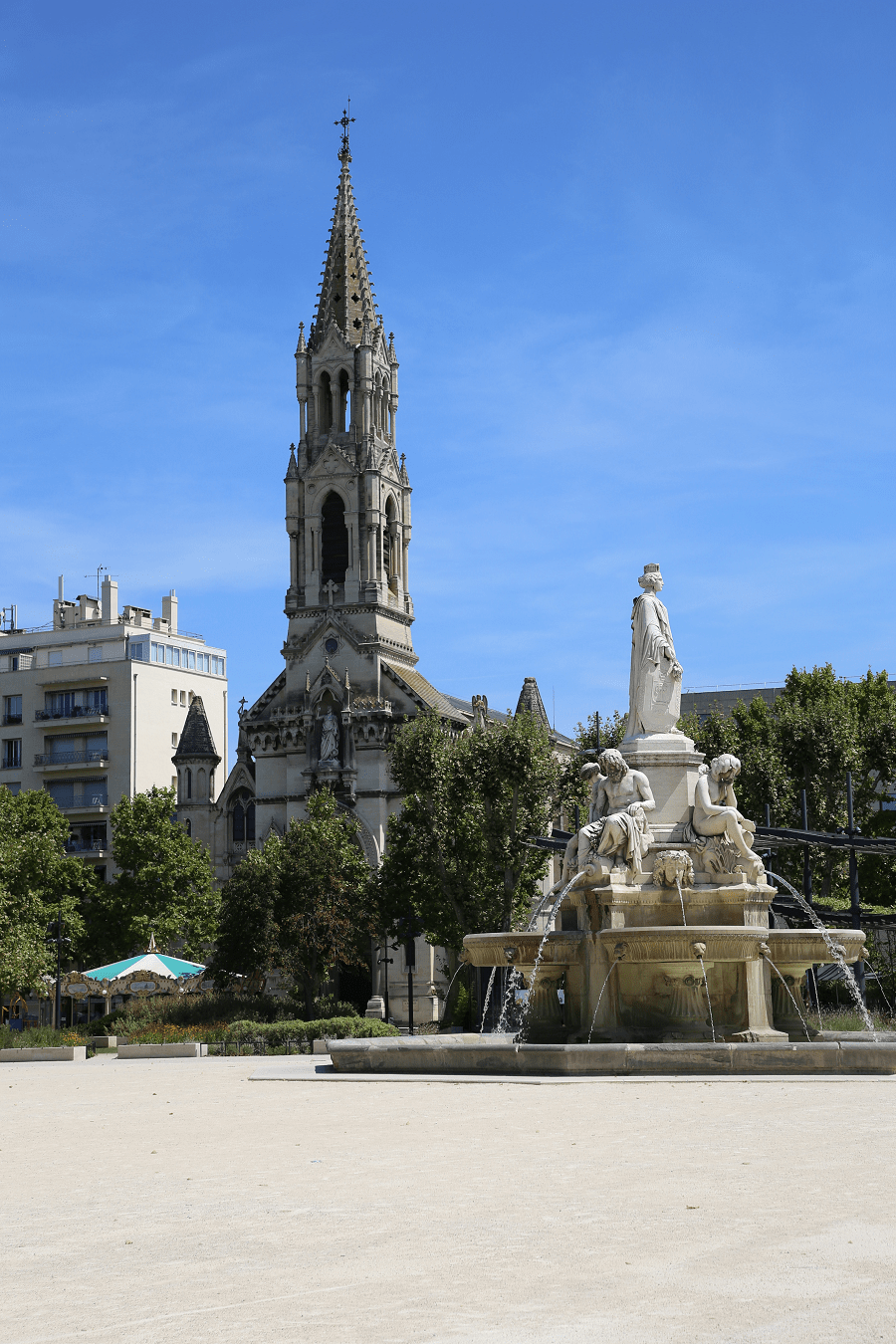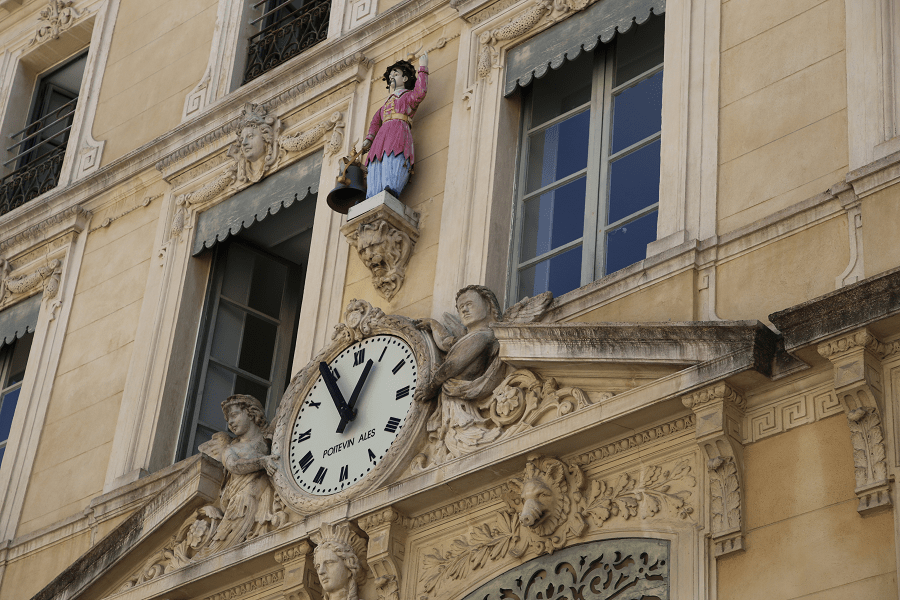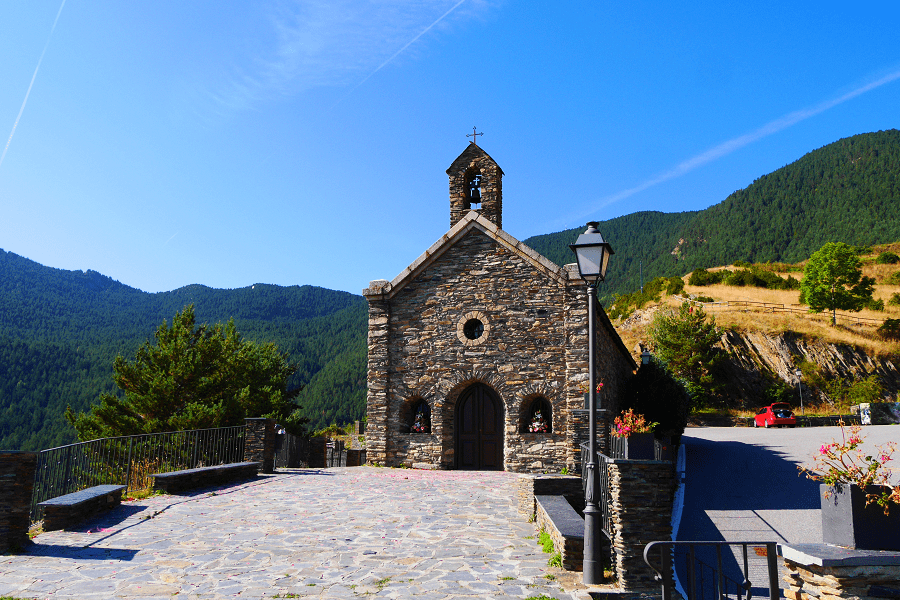Nîmes (fr. Nîmes) is the prefecture of the Gard department in the Occitania region of Southern France. Located between the Mediterranean Sea and Cévennes.
Dubbed the most Roman city outside Italy, Nîmes has a rich history dating back to the Roman Empire when the city was a regional capital, and home to 50,000–60,000 people.
Several famous monuments are in Nîmes, such as the Arena of Nîmes and the Maison Carrée. Because of this, Nîmes is often referred to as the French Rome.
Its historical, cultural and architectural heritage has enabled the city to obtain the label of City of Art and History.
The city of Nîmes is a city rich in cinematographic heritage. For the beauty of its natural settings and its all year round warm and sunny climate, Nîmes has attracted and still attracts many directors and actors such as François Truffaut, Agnès Varda, Claude Chabrol, Claude Lelouch, Patrice Leconte, Gérard Depardieu, Thierry Lhermitte, Bernadette Lafont or even Philippe Noiret.
Textiles also have an important place in the history and cultural heritage of Nîmes. In the city there are traces of local craftsmanship from the thirteenth century. This industry had its peak in the seventeenth century, when Nîmes was the third most important city in France in the textile sector.
Tourism and main attractions
The Nimes Amphitheatre is said to be the best-preserved amphitheatre from the Roman era and is still used for various events today.
The Maison Carrée is the only Roman temple to be completely preserved. The temple was built by Augustus and dedicated to two of his adopted sons, Caius and Lucius.
The eighteenth Jardins de la Fontaine, with its extravagant arrangement of palisades and statuary.
As with many Roman cities, Nimes was surrounded by a defensive wall, consisting of ramparts and circular towers.
The Tour Magne (“great tower” in English) is the most substantial surviving feature along the wall, rising today to 33 metres.
There are two surviving city gates from the Roman wall. The first, Porte de France, is a single arched gate. Porta Augusta, the second, is a much more substantial surviving gate, with four entrances—two for pedestrians and two for vehicles.
The natural history museum is located within the walls of the Jesuit college (seventeenth century), this museum was set up in 1892 and has hardly changed since.
The archaeological museum has a rich collection of antiques. From 1896 to 2013, the institution was housed in part of the former Jesuit college (seventeenth century), including the famous chapel from the beginning of the eighteenth century.
The Vieux Nîmes museum presents lifestyle, culture, economy and craftsmanship in Nîmes since the end of the Middle Ages. It was opened in 1921 in the old bishopric from the end of the seventeenth century, near the cathedral.
The Museum of Fine Arts, built in 1907 according to the plans of the Nîmes architect Maximilien Raphel, was redeveloped in 1986-1987 by the architect Jean-Michel Wilmotte around a Roman mosaic discovered in 1883 (Le Mariage d ‘Admits).
The railway museum presents old railway equipment, including a locomotive. The exhibition is rich in history, documentation and model making. Fans of 19th century metal architecture will be delighted by the large hall, having escaped the bombardments of 1944, which gives access to this very informative museum.
Culture
Nîmes was the first city in France to host a Spanish bullfighting school in the Center français de tauromachie in 1984.
The city is known for its fairs (“ferias” in French), which have officially existed since 1952. The Pentecost feria, known as Feria de Nîmes, takes place at the end of May-early June from Tuesday to the following Monday, while the Harvest Feria takes place for three days in September. A third feria, the Feria de Primavera, was held for two days in February.
On this occasion, bullfights, which have been officially practiced in Nîmes since 1853, are organized with or without killing, in the arenas. The streets are invaded by peñas (street orchestras of Spanish origin), and bodegas (often temporary bars and open-air nightclubs in mansions) open in the city centre in cellars or outdoors. The party lasts all night until daybreak.
The Pentecost feria, like the harvest, is one of the most popular festivals in Europe. For the two Nîmes ferias, some media speak of more than a million visitors per year. In 2012, the Pentecost Feria celebrated its sixtieth anniversary.
The arenas of Nîmes also host Camargue races throughout the year.
Cuisine, gastronomy and best restaurants
Some local Nîmes products have a controlled label of origin “from Nîmes.” In addition, most of the specialties of the Gard department are made and sold in Nîmes.
The brandade de Nîmes is a typical Nîmes dish. Indeed, since the Middle Ages, cod had been exchanged for Camargue salt, hence its abundance. The recipe for cod brandade was first reported in 1786. This dish got its title of nobility in 1830, thanks to the famous cook Charles Durand. The brandade de Nîmes is made from desalted cod that is mixed with olive oil and a little milk. Served preferably hot, the brandade is also eaten in puff pastry or simply mixed with mashed potatoes.
The Costières-de-Nîmes vineyard extends south of the city over 12,000 hectares. Red, rosé or white, the quality of these AOC wines has continued to improve over the past twenty years, allowing certain Costières-de-Nîmes to rank among the best French wines. The wines of Nîmes, more particularly of Langlade (a village on the western edge of Nîmes, in the Vaunage valley), are praised by Provençal songs (the Langlade was a wine much appreciated by Louis XIV).
The tapenade is a paste of black or green olives that are piled with capers (in Occitan “tapènas”), anchovies, herbs from Provence and olive oil. It is eaten cold, spread on toast.
Zarzuela is a Spanish dish adapted to Nîmes. It is a kind of Spanish stew imported by the Iberian immigrants. The Spanish community is important in Nîmes and has brought with it many traditions and customs, adapted by a city with its famous bullfighting traditions.
The small pâté from Nîmes is presented in a small round box which hides a famous pâté under its lid.
The fougasse d’Aigues-Mortes, or Saint-Gilles, is a brioche iced with sugar and leavened with orange blossom. The recipe remains secret because this fougasse is unique in the region.
The best restaurants are in the borders of the Old Town.
There are 11 Michelin list restaurants in the city:
- Duende, Quai de la Fontaine, Modern Cuisine (2 stars)
- Skab, 7 rue de la République, Modern Cuisine (1 star)
- Rouge, Margaret – Hôtel Chouleur, 6 rue Fresque, Creative Cuisine (1 star)
- Jérôme Nutile, 351 chemin Bas-du-Mas-de-Boudan, Modern Cuisine (1 star)
- La Table du 2, 2 rue de la République, Traditional Cuisine
- Le Lisita, 2 boulevard des Arènes, Modern Cuisine
- Menna, 7 rue de Bernis, Mediterranean Cuisine
- La Pie qui Couette, 1 rue Guizot, Mediterranean Cuisine
- Aux Plaisirs des Halles, 4 rue Littré, Traditional Cuisine
- Vincent Croizard, 17 rue des Chassaintes, Creative Cuisine
- Le Bistr’AU – Le Mas de Boudan, 351 chemin Bas-du-Mas-de-Boudan, Modern Cuisine
Shopping
Most visitors to Nimes enjoy shopping thanks to a large network of pedestrian-friendly streets. Popular items for purchase in Nimes include chocolates, wines and perfumes.
Shopping fans and gourmets equally appreciate Les Halles, the largest market in the city centre. It has shopping pavilions selling the most popular regional products. At the market, one should pay attention to popular cheese brands and meat delicacies, not to mention always available seasonal vegetables and fruits.
Transport and how to get to?
Nîmes-Alès-Camargue-Cévennes Airport serves the city. The Gare de Nîmes is the central railway station, offering connections to Paris (high-speed trains TGV), Marseille, Montpellier, Béziers, Narbonne, Toulouse, Perpignan, Figueras and Barcelona in Spain and several regional destinations. The motorway (tolls) A9 connects Nîmes with Orange, Montpellier, Narbonne, and Perpignan, the A54 with Arles and Salon-de-Provence.
On September 29th, 2012, a first bus line (called “Tram Bus”) was put into service between the A54 motorway and the arenas.
Shortest distance by car from the nearest French cities:
From Paris (tolls): 7 hr 33 min (718 km) via A6 and A7
From Menton (tolls): 3 h 26 min (309 km) via A8
From Beaulieu-sur-Mer (tolls): 3 h 23 min (288 km) via A8
From Villefranche-sur-Mer (tolls): 3 h 22 min (286 km) via A8
From Nice (tolls): 3 h 8 min (279 km) via A8
From Cagnes-sur-Mer (tolls): 2 h 57 min (267 km) via A8
From Antibes (tolls): 3 h 1 min (264 km) via A8
From Cannes (tolls): 2 h 56 min (252 km) via A8
From Mandelieu-La Napoule (tolls): 2 h 35 min (243 km) via A8
From Fréjus (tolls): 2 h 29 min (220 km) via A8
From Saint-Raphaël (tolls): 2 h 37 min (223 km) via A8
From Sainte-Maxime (tolls): 2 h 34 min (224 km) via A8
From Saint-Tropez (tolls): 2 h 55 min (225 km) via A8
From Cavalaire-sur-Mer (tolls): 3 h 3 min (230 km) via A8
From Toulon (tolls): 2 h 9 min (186 km) via A54
From Aix-en-Provence (tolls): 1 h 29 min (110 km) via A54
From Marseille (tolls): 1 h 32 min (122 km) via A7 and A54
From Avignon (tolls): 48 min (45.4 km) via N100 and A9
From Montpellier (tolls): 54 min (56.0 km) via A9
From Sète (tolls): 1 h 3 min (84.8 km) via A9
From Agde (tolls): 1 h 17 min (109 km) via A9
From Pézenas (tolls): 1 h 20 min (111 km) via A9
From Béziers (tolls): 1 h 27 min (121 km) via A9
From Perpignan (tolls): 2 h 2 min (205 km) via A9
From Argelès-sur-Mer (tolls): 2 h 24 min (231 km) via A9
From Collioure (tolls): 2 h 29 min (239 km) via A9
From Narbonne (tolls): 1 h 35 min (144 km) via A9
From La Baule-Escoublac (tolls): 8 h 51 min (952 km) via A62
From Saint-Nazaire (tolls): 8 h 49 min (937 km) via A62
From Nantes (tolls): 8 h (873 km) via A62
From Saumur (tolls): 7 h 31 min (778 km) via A71 and A75
From Les Sables-d’Olonne (tolls): 8 h (862 km) via A62
From Cognac (tolls): 6 h 22 min (649 km) via A62
From Angoulême (tolls): 6 h 15 min (647 km) via A62
From Eauze (tolls): 4 h 29 min (421 km) via A61 and A9
From La Rochelle (tolls): 6 h 50 min (710 km) via A62
From Rochefort (tolls): 6 h 26 min (682 km) via A62
From Saintes (tolls): 6 h 4 min (646 km) via A62
From Arcachon (tolls): 5 h 38 min (585 km) via A62 and A61
From Royan (tolls): 6 h 32 min (650 km) via A62
From Biarritz (tolls): 5 h 36 min (593 km) via A64
From Saint-Jean-de-Luz (tolls): 5 h 39 min (599 km) via A64
From Bayonne (tolls): 5 h 26 min (580 km) via A64
From Dax (tolls): 5 h 26 min (559 km) via A64
From Lourdes (tolls): 4 h 25 min (459 km) via A64, A61 and A9
From Pau (tolls): 4 h 38 min (476 km) via A64, A61 and A9
From Périgueux (tolls): 5 h 23 min (567 km) via A20 and A61
From Bordeaux (tolls): 5 h 6 min (533 km) via A62, A61 and A9
From Toulouse (tolls): 2 h 57 min (291 km) via A61 and A9
From Carcassonne (tolls): 2 h 4 min (200 km) via A9
Shortest distance by car from the European cities:
From Monaco (tolls): 3 h 21 min (301 km) via A8
From Andorra (tolls): 4 h 39 min (381 km) via A9
From Barcelona (tolls): 4 hr (392 km) via AP-7 and A9
From Madrid (tolls): 9 hr 47 min (997 km) via A-2
From Moscow (tolls): 35 hr (3,224 km) via E30/M1
From Belgrade (tolls): 16 hr 12 min (1,605 km) via E70
From Istanbul (tolls): 27 hr (2,554 km) via E70
From Bern (tolls): 5 hr 38 min (556 km) via A1
Main information
Area: 161.9 sq. km
Population: 150.600
Languages: French
Currency: euro
Visa: Schengen
Time: Central European UTC +1
Coordinates: 43°50′17″N 4°21′40″E
See here Pyrenees travel guide
See here France travel guide
See here Spain travel guide



